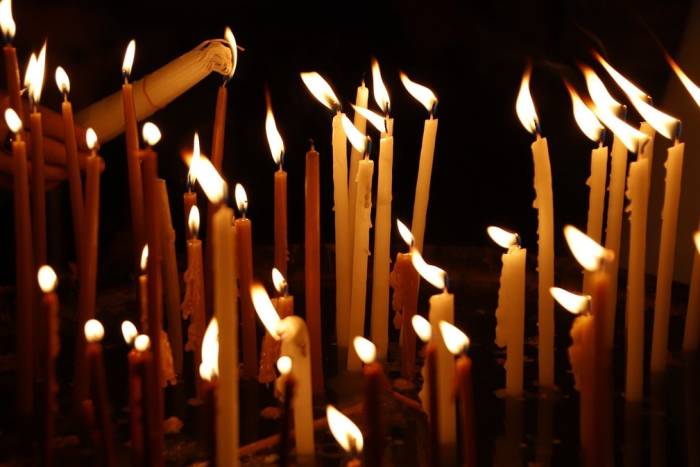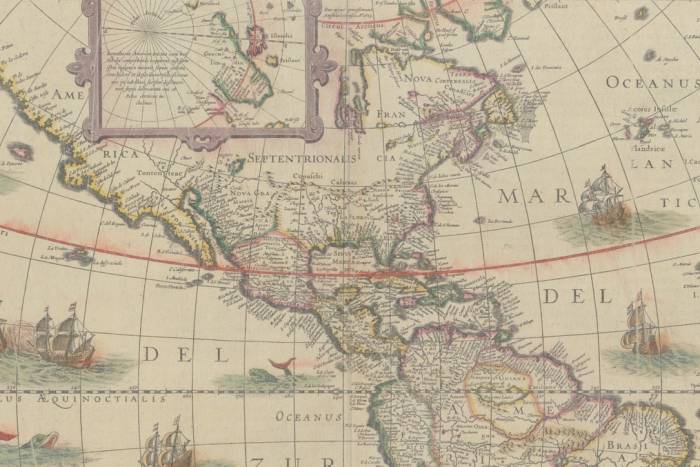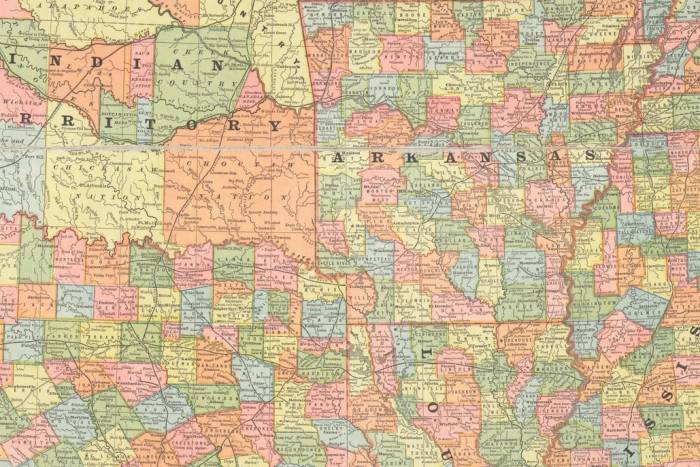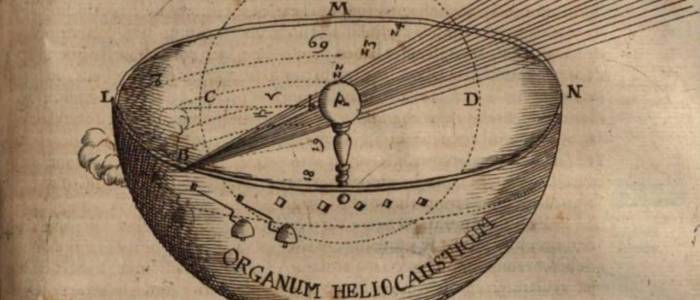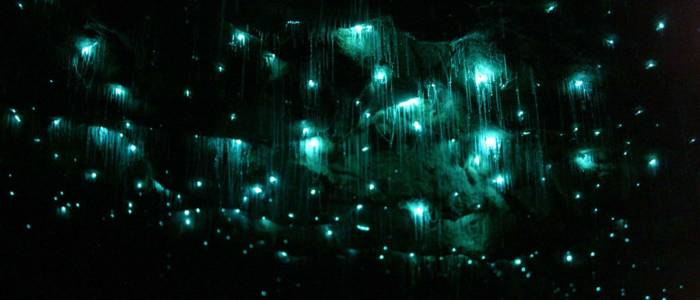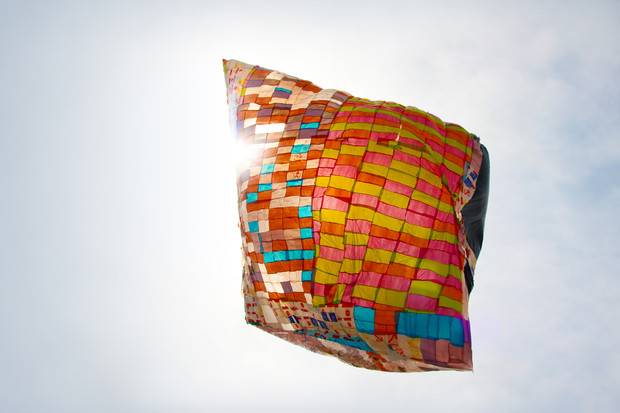Symbols of the Crow
What’s great about crows is that the more science discovers about them, the more surprising and mysterious they seem.
God went on sleeping.
Crow went on laughing.
Ted Hughes
The epigraph of this article is from one of the poems in Crow, the poetry book by Ted Hughes where a crow is the main character. Hughes’ crow is as multi-faceted as the birds of the Corvus genre (which includes large and small crows, along with common and blue magpies and many others). In this fantastic book Hughes adapts the wide variety of stories and myths where these birds appear and he plays with the different symbolic facets of the crow.
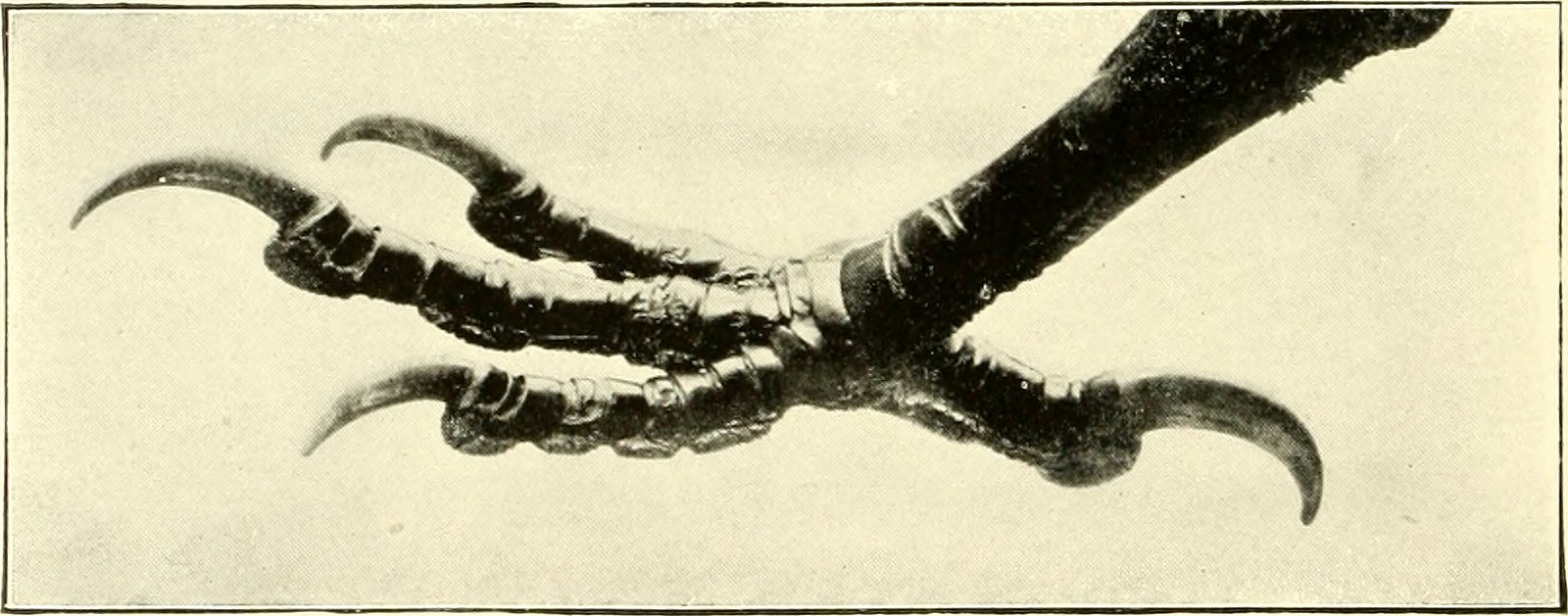
Myths involving crows abound, but there are perhaps even more superstitions. Many of them are founded on obvious features of the animal, such as the fact that crows are black and they eat cadavers and therefore are often related with death. In many cultures, the appearance of a crow was an omen of death. During the Middle Ages it was thought that if a crow circled a rooftop three times it foreshadowed the death of the person inside the dwelling. For the Inuit, when the soul left the shaman’s body one could see a crow flying above the igloo. Muslims also believed the animals were cursed, and their religion encouraged they kill them.
On the other hand, in England it was forbidden to kill crows beginning in the 16th Century, as it was sensed that their work as scavengers was important in preventing diseases. And, of course, because the legend of King Arthur said he had transformed into a crow and would return Cuervos3some day.
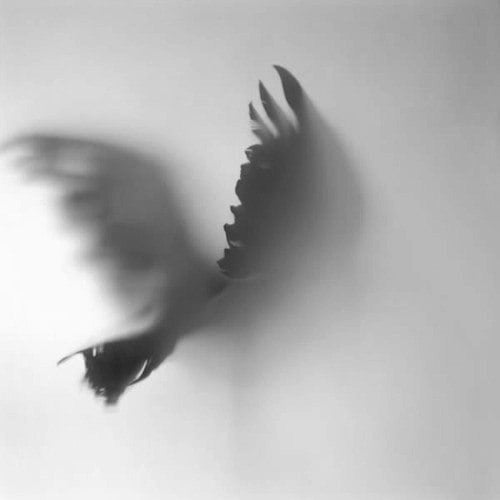 Few know, however, that crows have very strong family links and that they are monogamous. Because of this, in ancient Egypt they were symbols of faithful love, and the Greeks related them to Hera, the goddess of marriage and war.
Few know, however, that crows have very strong family links and that they are monogamous. Because of this, in ancient Egypt they were symbols of faithful love, and the Greeks related them to Hera, the goddess of marriage and war.
Their intelligence is stunning. They use tools which they sometimes make themselves; in Japan, for example, crows have been seen to throw nuts from stoplights while they wait for cars to pass by so they can break the shells. So it isn’t strange that in India crows are the deity of wisdom, and in ancient Greece they were one of the birds to accompany Athena.
Crows also have surprising linguistic skills. They can make up to 23 different sounds and are able to imitate human language. Many cultures even interpret crow sounds. The Latin thought that the crow said cras, which meant “tomorrow.” That led to many cultures believing crows to be symbols of destiny, attributing to them many powers of divination. The idea of “tomorrow” also linked them to hope, which is why they appear in various representations of the myth of Pandora.
They are so smart they get bored. And when they get bored, they play. There are many anecdotes and even videos showing crows in cold places using objects such as sleds. In the forests of North America, crows have developed peculiar friendships with wolves —crows let them know where the carcasses are, and together they eat the meat. Sometimes crows play with wolves and they chase each other, and it is said they also perform a sort of concert where wolf howls alternate with the crows’ caw.
What’s fascinating about crows is that the more we learn about them, the more surprising and mysterious they seem. The symbol of the crow seems to be everlasting, and over time only continues to grow.
Related Articles
When ancient rituals became religion
The emergence of religions irreversibly changed the history of humanity. It’s therefore essential to ask when and how did ancient peoples’ rituals become organized systems of thought, each with their
Seven ancient maps of the Americas
A map is not the territory. —Alfred Korzybski Maps are never merely maps. They’re human projections, metaphors in which we find both the geographical and the imaginary. The cases of ghost islands
An artist crochets a perfect skeleton and internal organs
Shanell Papp is a skilled textile and crochet artist. She spent four long months crocheting a life-size skeleton in wool. She then filled it in with the organs of the human body in an act as patient
A musical tribute to maps
A sequence of sounds, rhythms, melodies and silences: music is a most primitive art, the most essential, and the most powerful of all languages. Its capacity is not limited to the (hardly trivial)
The enchantment of 17th-century optics
The sense of sight is perhaps one the imagination’s most prolific masters. That is why humankind has been fascinated and bewitched by optics and their possibilities for centuries. Like the heart, the
Would you found your own micro-nation? These eccentric examples show how easy it can be
Founding a country is, in some ways, a simple task. It is enough to manifest its existence and the motives for creating a new political entity. At least that is what has been demonstrated by the
Wondrous crossings: the galaxy caves of New Zealand
Often, the most extraordinary phenomena are “jealous of themselves” ––and they happen where the human eye cannot enjoy them. However, they can be discovered, and when we do find them we experience a
Think you have strange reading habits? Wait until you've seen how Mcluhan reads
We often forget or neglect to think about the infinite circumstances that are condensed in the acts that we consider habitual. Using a fork to eat, for example, or walking down the street and being
The sky is calling us, a love letter to the cosmos (video)
We once dreamt of open sails and Open seas We once dreamt of new frontiers and New lands Are we still a brave people? We must not forget that the very stars we see nowadays are the same stars and
The sister you always wanted (but made into a crystal chandelier)
Lucas Maassen always wanted to have a sister. And after 36 years he finally procured one, except, as strange as it may sound, in the shape of a chandelier. Maassen, a Dutch designer, asked the

